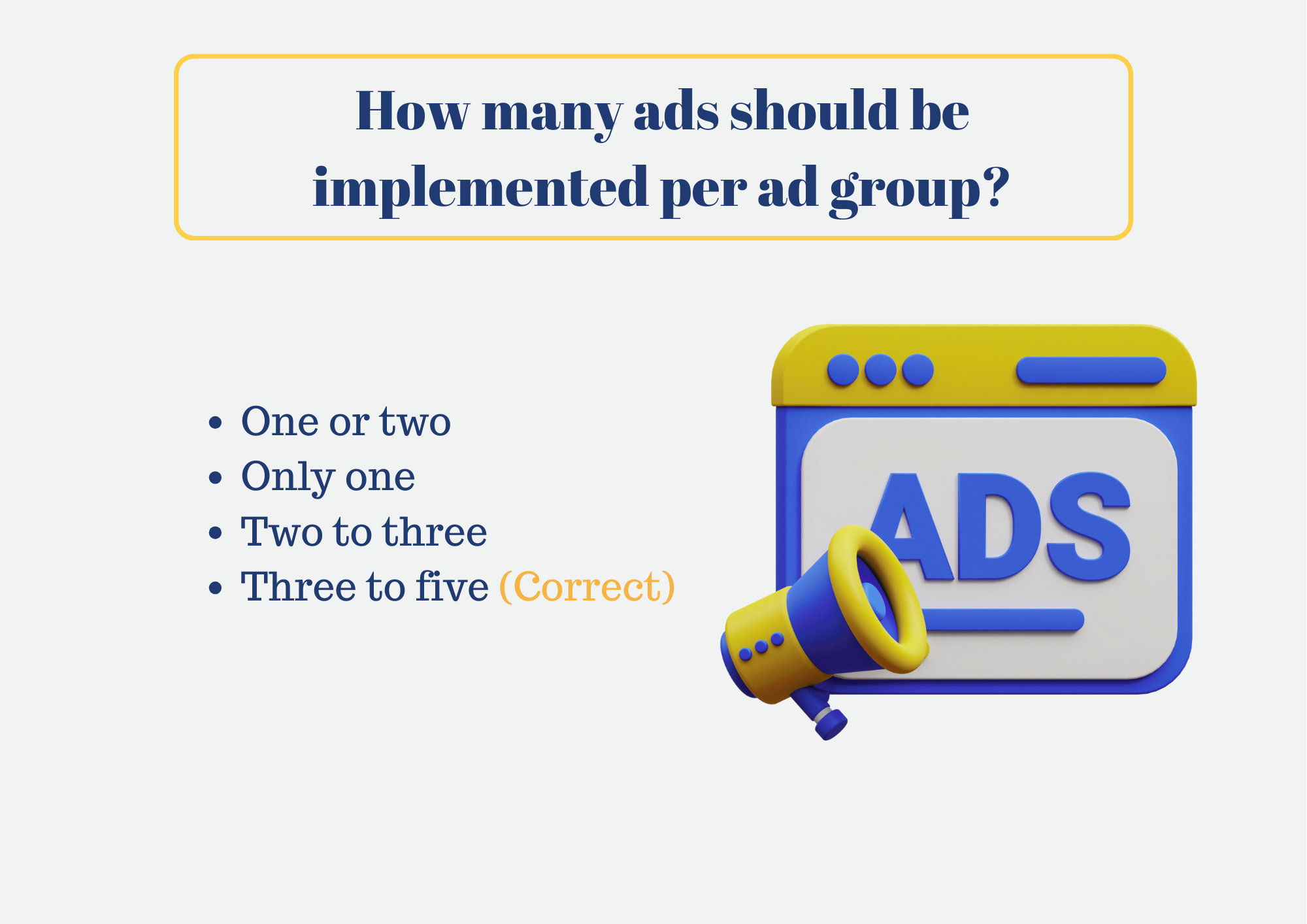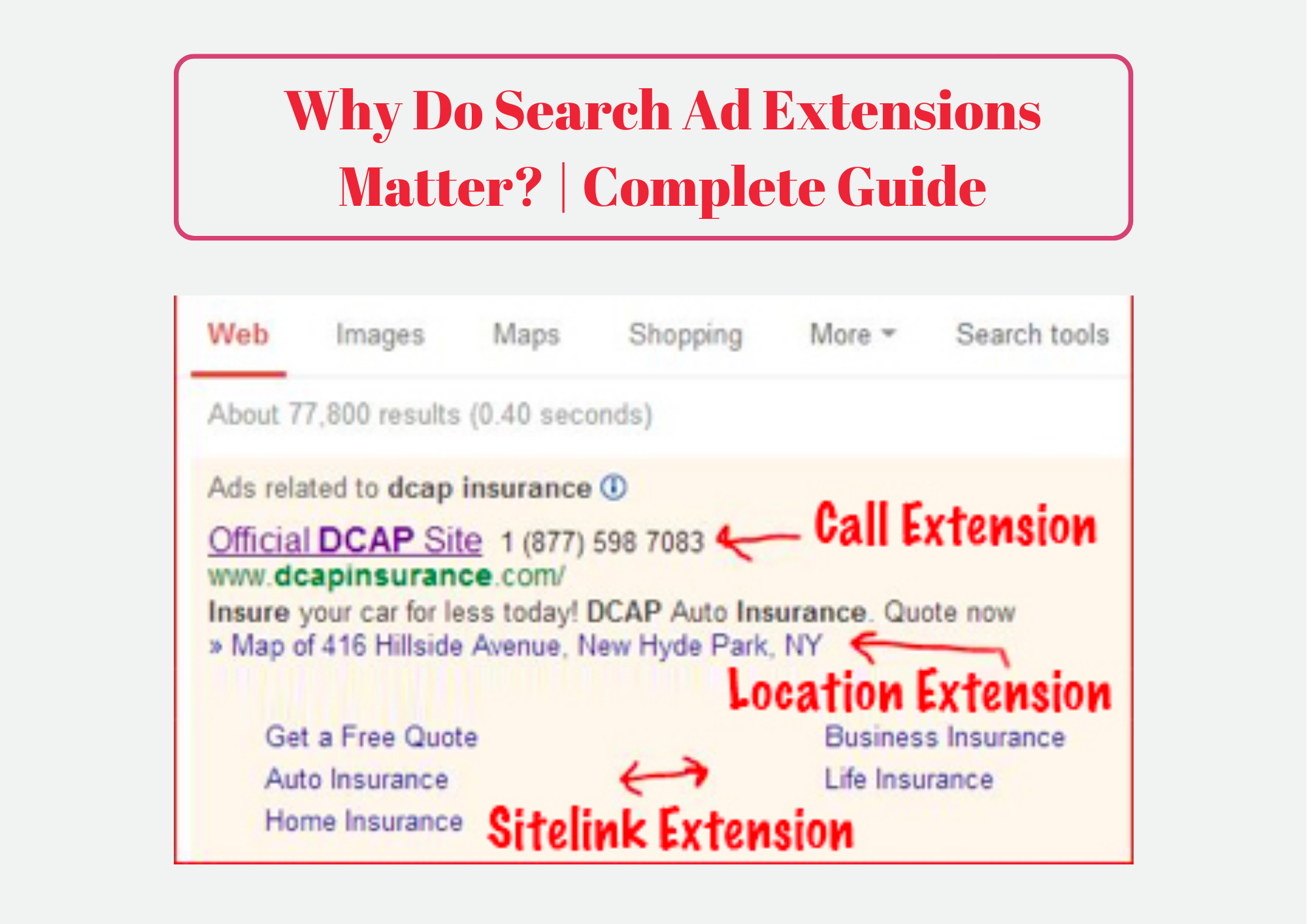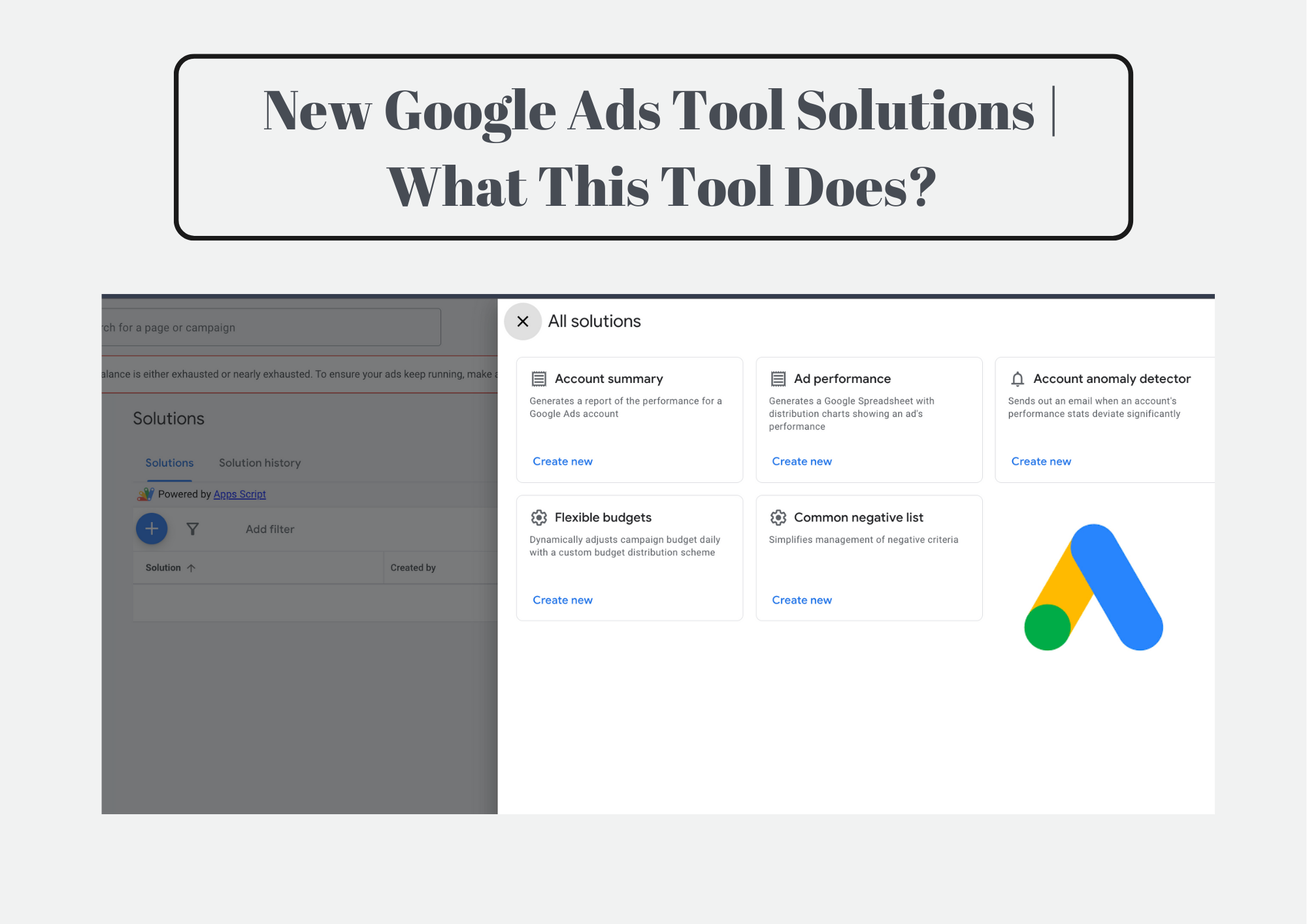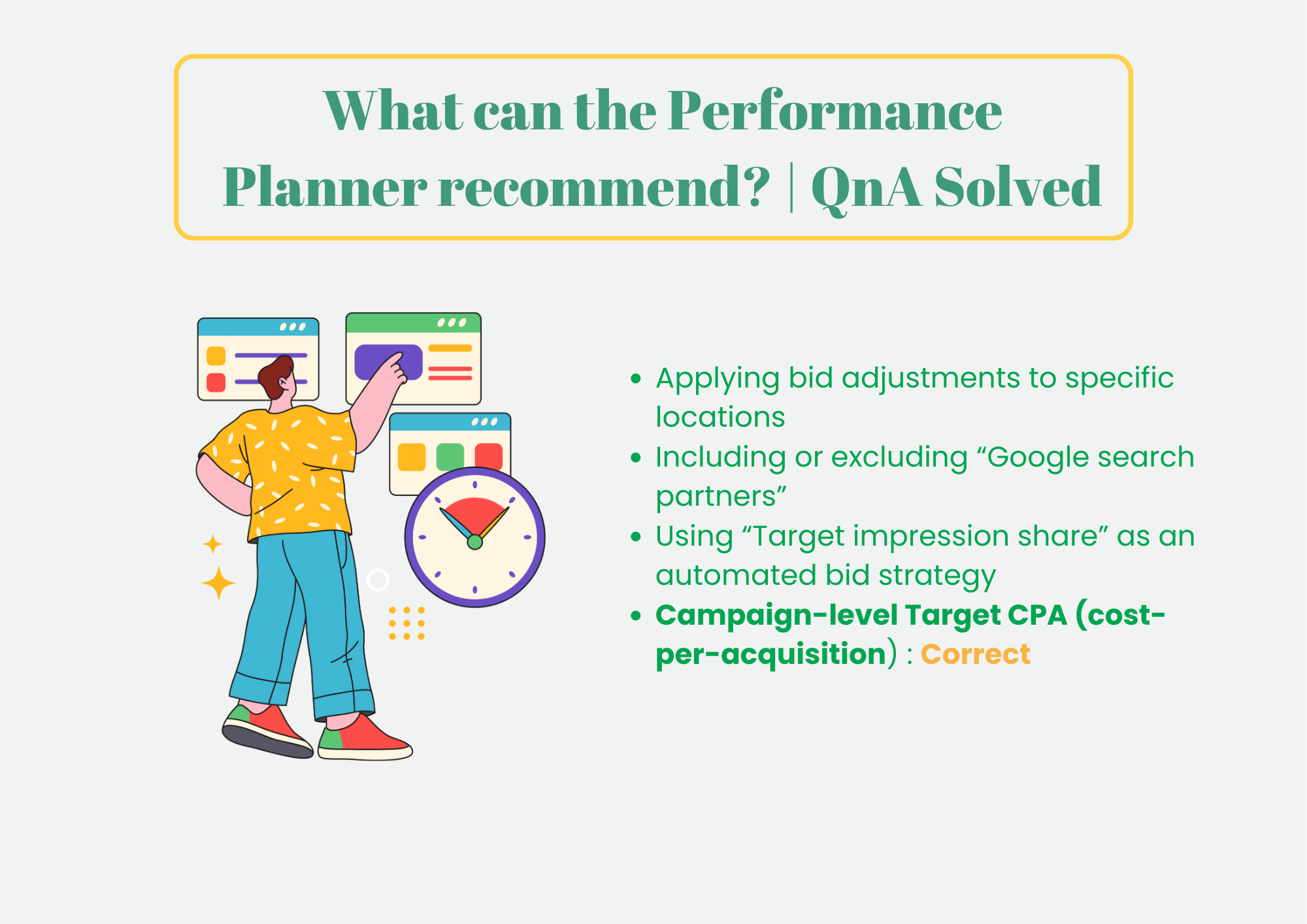
How many ads should be implemented per ad group?
-
One or two
-
Only one
-
Two to three
-
Three to five
The correct answer to the question “How many ads should be implemented per ad group?” is Three to five.
Google Ads recommends implementing three to five ads per ad group to facilitate adequate testing and optimization. This range allows advertisers to experiment with different ad variations, headlines, and descriptions to identify which combinations perform best, thereby improving overall campaign effectiveness and efficiency.
When managing a Google Ads campaign, one critical question that often arises is: How many ads should be implemented per ad group? The answer can significantly impact the effectiveness of your campaigns, influencing everything from click-through rates to the overall success of your digital advertising efforts. This article answers the big question “How many ads should be implemented per ad group?” and explores the optimal number of ads per ad group, offering key insights and takeaways to help you maximize your Google Ads performance.
Understanding Ad Groups in Google Ads
Ad groups are a fundamental component of Google Ads campaigns, serving as containers for your ads and related keywords. They allow advertisers to segment their campaign by theme or product type, ensuring that the ads displayed are as relevant as possible to the user’s search query. The structure of your ad groups plays a pivotal role in campaign organization and can dramatically affect your ads’ performance.
Factors Influencing the Number of Ads per Ad Group
Several factors should guide how many ads you include in each ad group:
- Campaign Goals: Whether you’re focusing on brand awareness, lead generation, or conversions can influence the diversity and number of ads you test.
- Budget Constraints: Budgets can limit how many ads you’re able to run and for how long, affecting the breadth of testing and optimization you can perform.
- Audience Segmentation: Different audience segments may respond better to different messaging, necessitating a variety of ads to test which resonates best.
How many ads should be implemented per ad group?
Google Ads recommends having three to five ads per ad group. This range allows for sufficient testing of different headlines and descriptions to determine which combinations perform best. The rationale is straightforward: more ads mean more data. By analyzing performance data, advertisers can refine their strategies, focusing on the ads that deliver the best results.
Benefits of Implementing the Optimal Number of Ads
Implementing the optimal number of ads per ad group can lead to several benefits:
- Improved CTR: Testing multiple ads allows you to identify and utilize the versions that most effectively engage your target audience.
- Enhanced Ad Relevance: By refining ad copy based on performance, you can improve the relevance of your ads to user queries, potentially increasing quality scores and reducing cost per click.
- Performance Insights: A/B testing with multiple ads provides valuable insights into what messaging works best, informing broader marketing strategies.
Key Takeaways
- Structuring ad groups with the recommended number of ads allows for comprehensive testing and optimization.
- Balancing the number of ads per ad group is crucial for maximizing campaign performance without overwhelming your audience or budget.
- Continuous testing and data analysis are key to refining your Google Ads strategy.
Our Verdict
Determining the optimal number of ads per ad group is more of an art than a science, requiring a balance between testing variety and focusing on what works. By adhering to Google Ads best practices and continuously analyzing ad performance, advertisers can identify the sweet spot that maximizes both engagement and campaign efficiency. Remember, the goal is not just to reach your audience but to resonate with them, driving meaningful actions that contribute to your campaign’s success.
Frequently Asked Questions
1. Why is it recommended to have three to five ads in each ad group?
It’s recommended to have three to five ads per ad group to allow for adequate testing of different ad variations. This approach helps identify the most effective ads based on performance data, enabling continuous optimization for better results.
2. Can having too many ads in an ad group be detrimental?
Yes, having too many ads in an ad group can dilute the effectiveness of your testing and make it harder to gather meaningful data on each ad’s performance. It can also stretch your budget thinner, reducing the overall impact of your top-performing ads.
3. How does the number of ads per ad group affect my Google Ads campaign?
The number of ads per ad group affects your campaign by influencing ad rotation, testing opportunities, and the ability to optimize ad relevance and performance. A well-balanced ad group can lead to improved click-through rates (CTR) and better campaign outcomes.
4. Should I always aim to have five ads in my ad groups?
While having three to five ads is recommended, the ideal number depends on your campaign’s specific goals, budget, and capacity to analyze performance data. It’s crucial to maintain a manageable number that allows for effective testing and optimization.
5. How often should I review and update the ads in my ad groups?
Regular review and updates are key to maintaining high-performing ad groups. It’s advisable to analyze ad performance at least once a month, making adjustments to replace underperforming ads with new variations for testing. Continuous optimization ensures your ads stay relevant and effective.




